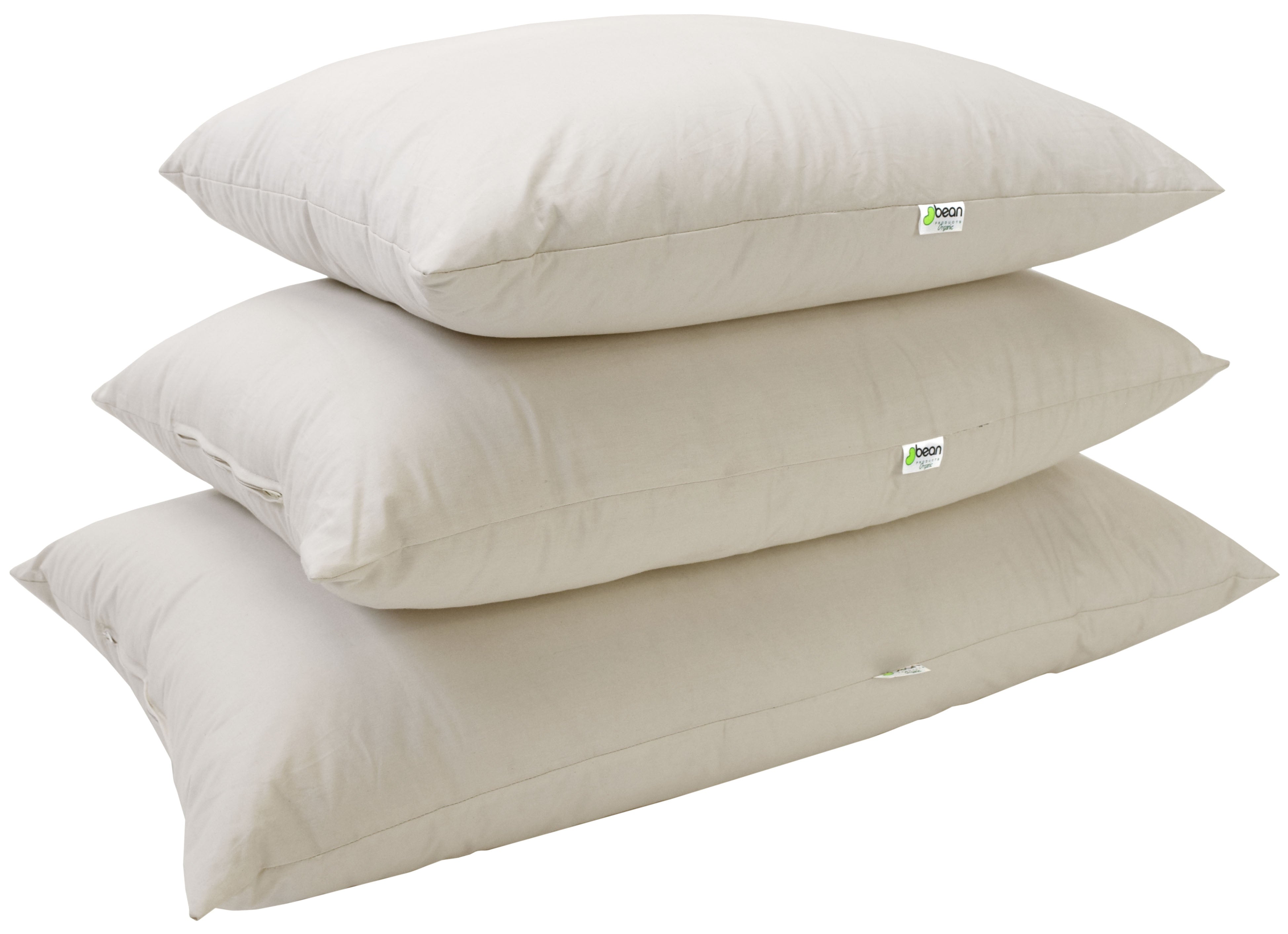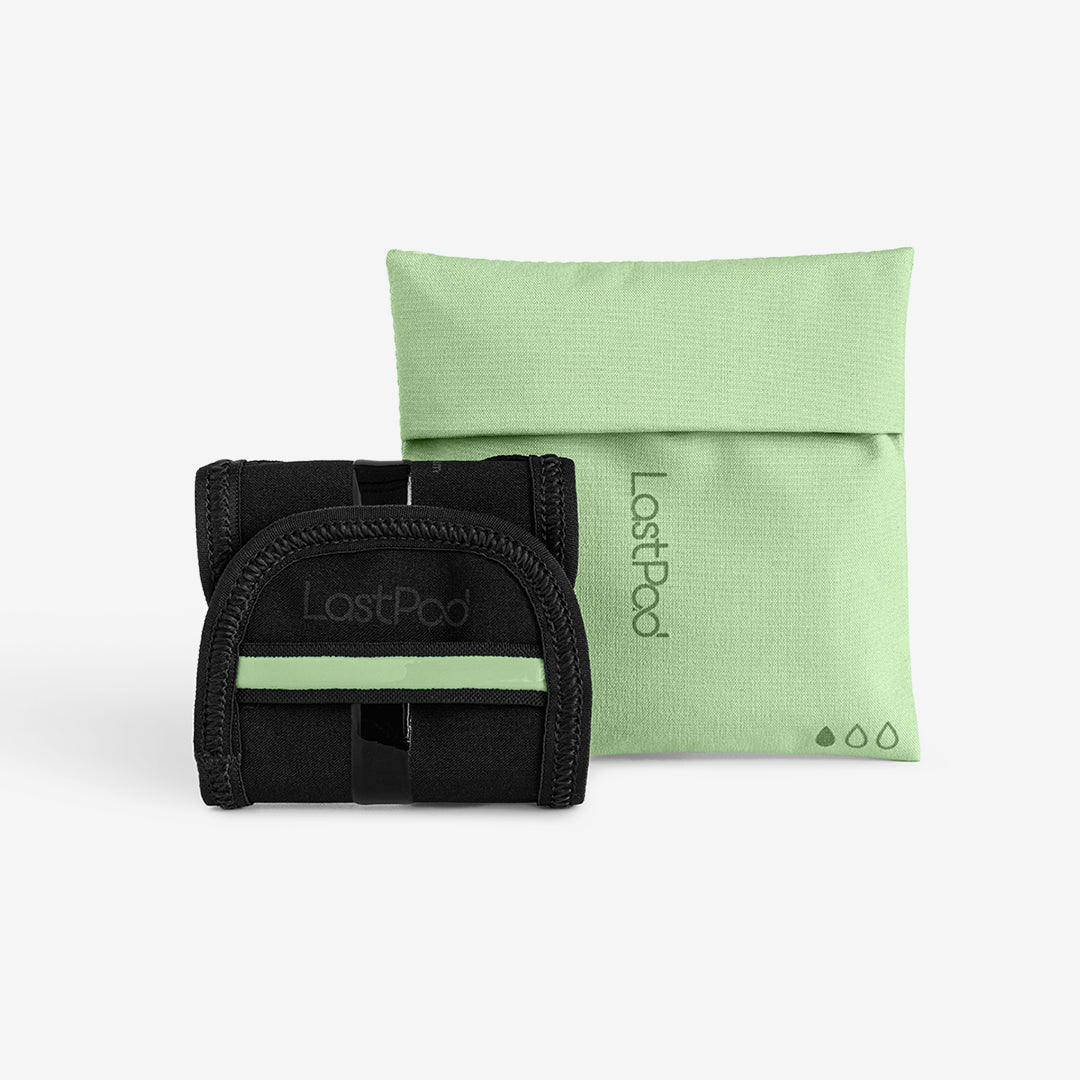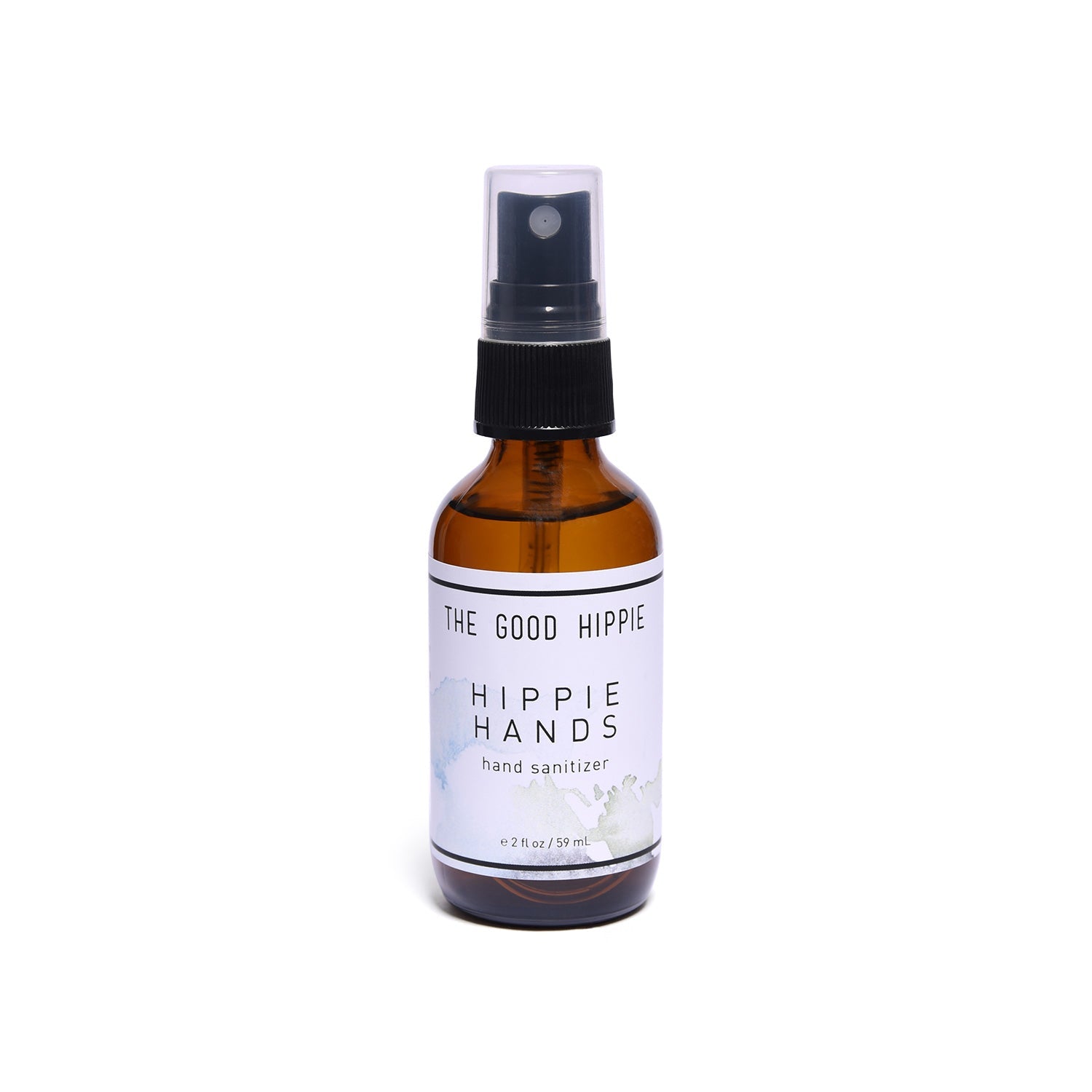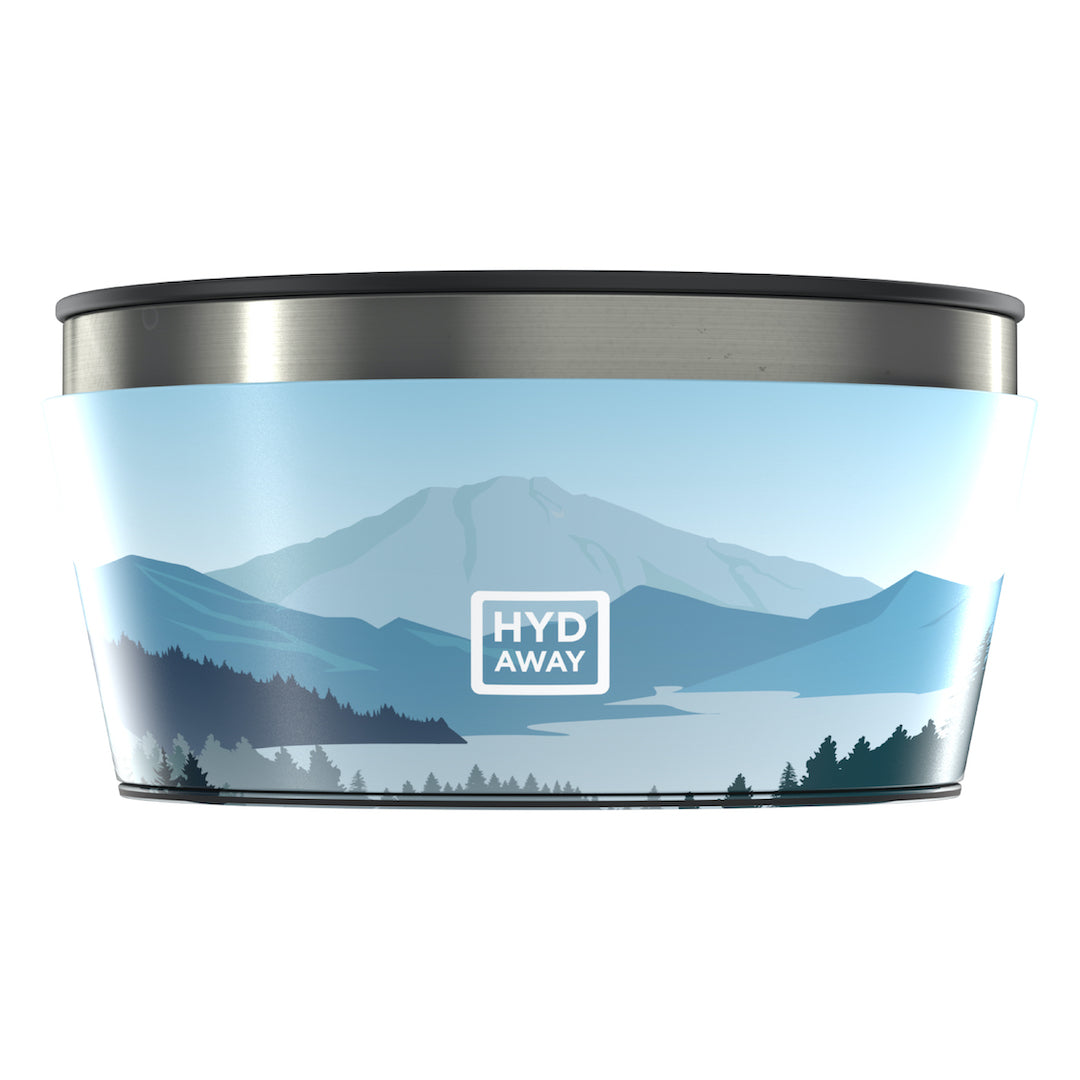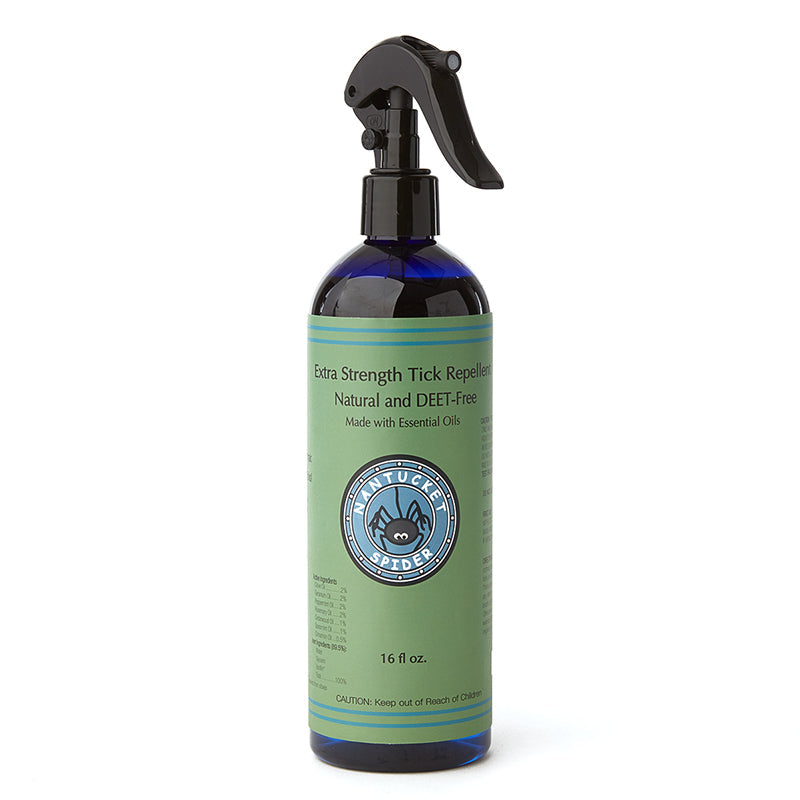Health & Wellness
Top 5 Vegan Recipes That Taste Better Than Their Non-Vegan Counterparts
October 10, 2024
Yarkın Tepe
5 min

Welcome to the world of vegan cooking, a culinary journey that not only supports a cruelty-free lifestyle but also offers delectable tastes that often surpass their non-vegan counterparts. The rise in popularity of a plant-based diet can be attributed to its numerous health benefits and the increasing awareness of environmental and ethical concerns associated with traditional diets.
-
Understanding Vegan Cooking: Vegan cooking involves preparing dishes without the use of any animal products. This includes meat, dairy, eggs, and other substances derived from animals. Instead, these recipes utilize rich, plant-based ingredients that are not only flavorful but also packed with nutrients.
-
Popularity Among Health-Conscious Individuals: More people are turning to vegan recipes for their health benefits. Studies suggest that a plant-based diet can lead to lower blood pressure, reduced cholesterol, and better heart health. If you're interested in this lifestyle, you might want to learn more about veganism.
-
Surpassing Traditional Recipes in Taste and Nutrition: With advancements in cooking techniques and availability of diverse ingredients, vegan recipes have been creatively crafted to exceed the taste and textural satisfaction provided by their non-vegan counterparts. Ingredients like nuts, seeds, legumes, and whole grains offer robust flavors and textures that make vegan dishes stand out.
-
Environmental Impact: Embracing vegan cooking also means participating in a sustainable practice that reduces carbon footprint and conserves natural resources. For those interested in sustainable living, exploring more about eco-friendly practices in our Beginner’s Guide to Sustainable Eating could enhance your understanding and commitment.
-
Ethical Reasons: Beyond health and environment, ethical reasons also drive many towards veganism. The avoidance of animal products contributes to the fight against animal cruelty and exploitation.
As you dive deeper into vegan recipes, remember that this isn't just about substituting non-vegan ingredients. It's about reimagining cooking and enjoying a richer, more compassionate relationship with food. For those new to this dietary change, finding the right resources and community support can be crucial. Check out Vegan Outreach for resources on starting a vegan diet.
In the next section, we will delve into the Top 5 Vegan Recipes That Taste Better Than Their Non-Vegan Counterparts, exploring each recipe in detail to illustrate how delicious and fulfilling vegan cooking can be. Whether you're a seasoned chef or a curious beginner, these recipes promise to inspire and delight. Don't forget to explore related topics on our blog, such as "The Link Between Sustainable Diet and Health", to further enhance your journey into veganism and environmental sustainability.
Exploring the Top 5 Vegan Recipes That Taste Better Than Their Non-Vegan Counterparts
Discover how these vegan recipes not only match but often surpass their non-vegan counterparts in flavor, texture, and overall satisfaction. Each recipe is crafted to showcase the diversity and richness of plant-based ingredients.
1. Vegan Lasagna
-
Description and Ingredients: This lasagna swaps the traditional ricotta and ground beef for nutrient-rich cashew cheese and savory lentils or textured vegetable protein. Layers of zucchini and spinach add freshness and a boost of vitamins.
-
Cooking Instructions: Construct layers of vegan cheese, protein substitutes, and vegetables between sheets of whole wheat or gluten-free lasagna noodles. Bake until golden and bubbly.
-
Taste Comparison: Unlike traditional lasagna, which can feel heavy, the vegan version is lighter but still hearty, offering complex flavors that are comforting and satisfying.
2. Vegan Chocolate Cake
-
Overview: Utilizing plant-based milk, flaxseeds as an egg substitute, and quality cocoa powder, this cake achieves a moist, rich texture that rivals any classic chocolate cake.
-
Baking Guide: Combine dry and wet ingredients separately before mixing to ensure even distribution. Bake until a toothpick comes out clean.
-
Contrast with Regular Cake: Often, non-vegan cakes can be overly sweet and dense, whereas the vegan version is surprisingly light and flavorful, with a deep chocolate taste that isn't overshadowed by sugar.
3. Vegan Burger
-
Ingredients and Substitutes: A base of black beans or chickpeas mixed with quinoa or mushrooms offers a meaty texture. Spices and herbs add depth.
-
Cooking Technique: Shape the mixture into patties and grill or pan-fry until crispy on the outside. Serve with vegan buns and your choice of toppings.
-
Taste Comparison: The vegan burger brings a complex flavor profile that is often missing in basic beef burgers, making it a hit even among non-vegans.
4. Vegan Mac and Cheese
-
Ingredients Breakdown: The sauce is a blend of cashews, nutritional yeast, and spices, creating a creamy, cheesy flavor without any dairy.
-
Cooking Steps: Blend the sauce until smooth and combine with cooked pasta. Optionally bake with a breadcrumb topping for extra crunch.
-
Comparison: This dish rivals traditional mac and cheese by offering a lighter, yet equally creamy and comforting alternative.
5. Vegan Ice Cream
-
Flavor Possibilities: From classic vanilla bean to exotic fruits and nuts, the options are endless. Coconut milk or almond milk serve as creamy bases.
-
Making Process: Blend the base with your chosen flavors and churn in an ice cream maker or freeze with periodic stirring.
-
Taste and Texture Comparison: Many find vegan ice cream to be surprisingly creamy and rich, without the heaviness of dairy-based ice cream.
FAQs
-
What makes a recipe genuinely vegan? A truly vegan recipe contains no animal products or by-products, which includes dairy, eggs, and honey.
-
How can vegan dishes achieve a flavor profile similar to non-vegan dishes? Through the use of rich, natural ingredients and creative cooking techniques that maximize flavor.
-
Are these vegan recipes healthier? Generally, they contain fewer saturated fats and are lower in calories while being high in fiber and essential nutrients.
-
Tips for first-time vegan cooks: Start simple, don't be afraid to experiment with different ingredients, and use resources like this blog to find your footing.
Conclusion
We've explored some truly inspiring vegan recipes that prove you don't need animal products to enjoy rich, satisfying meals. These dishes are not only a delight for the palate but also promote a healthier, more sustainable lifestyle. Dive into the world of vegan cooking and discover how rewarding it can be. For more culinary inspiration, continue exploring our blog and check out "Eco-Friendly Kitchen Products" to find the perfect tools for your vegan cooking adventures.
Daily Deals
See All ProductsBest Sellers
Most Popular
Explore and shop the most popular products. Updated frequently!

5 min
National Coffee Day: Celebrate Conscious Coffee Consumption with Flora
In today's world, where sustainability is more than a trend but a necessity, Flora is proud to spotlight a selection of eco-friendly products designed to enhance your daily coffee ritual while caring for the planet.

6 min
Sustainable Living Guide #13: Sustainable Building and Renovation
Undecided with Matt Ferrell
Sustainable building and renovation represent a transformative approach to construction and home improvement that prioritizes environmental responsibility, resource efficiency, and the health of occupants.

5 min
Beach Day, the Eco Way: Must-Have Products from Flora!
From innovative sun protection options to stylish, sustainable beach gear, each product in our lineup adheres to Flora's commitment to sustainability and health. Our selection ensures you'll be well-prepared, environmentally conscious, and effortlessly chic.

5 min
How to Reduce Plastic Use in Daily Life
TED-Ed
Plastic pollution has become one of the most pressing environmental issues of our time, as vast amounts of plastic waste end up in our oceans, landscapes, and even our food chain. Every year, millions of tons of plastic are produced with a significant portion destined for single-use products that quickly become waste.

5 min
Sustainable Living Guide #11: Sustainable Travel and Tourism
Eco-friendly tourism is crucial due to its reduced environmental impact compared to traditional travel, which often contributes to significant carbon emissions and ecological degradation. By choosing sustainable travel options, tourists can help preserve local ecosystems and support conservation efforts.

6 min
The Benefits of Minimalism and How to Live More Sustainably
The Minimal Mom
Minimalism is more than just an aesthetic or a trend—it is a conscious choice to simplify life by focusing on what is essential. At its core, minimalism is about stripping away the unnecessary, leaving room for what truly adds value to our lives.

4 min
Sustainable Living Guide #10: Sustainable Technology
In this episode of Sustainable Living Guide, we explore how technology intersects with sustainable living offering innovative solutions that reduce environment. Sustainable technology refers to the design and application of devices, systems and services that promote resource efficiency and environmental responsibility.

4 min
10 Easy Eco-Friendly Swaps for a Greener Home
Transitioning to a greener home doesn’t have to be daunting. Small, manageable changes can accumulate to create significant environmental benefits. This blog post will explore 10 easy swaps that any family can implement to make their home more eco-friendly.

5 min
Find Your Zen: Eco-Friendly Products for International Relaxation Day
Taking a moment to pause and rejuvenate isn't just a luxury—it's essential for maintaining our well-being. International Relaxation Day invites us all to slow down and indulge in practices that restore our mind, body, and spirit.







